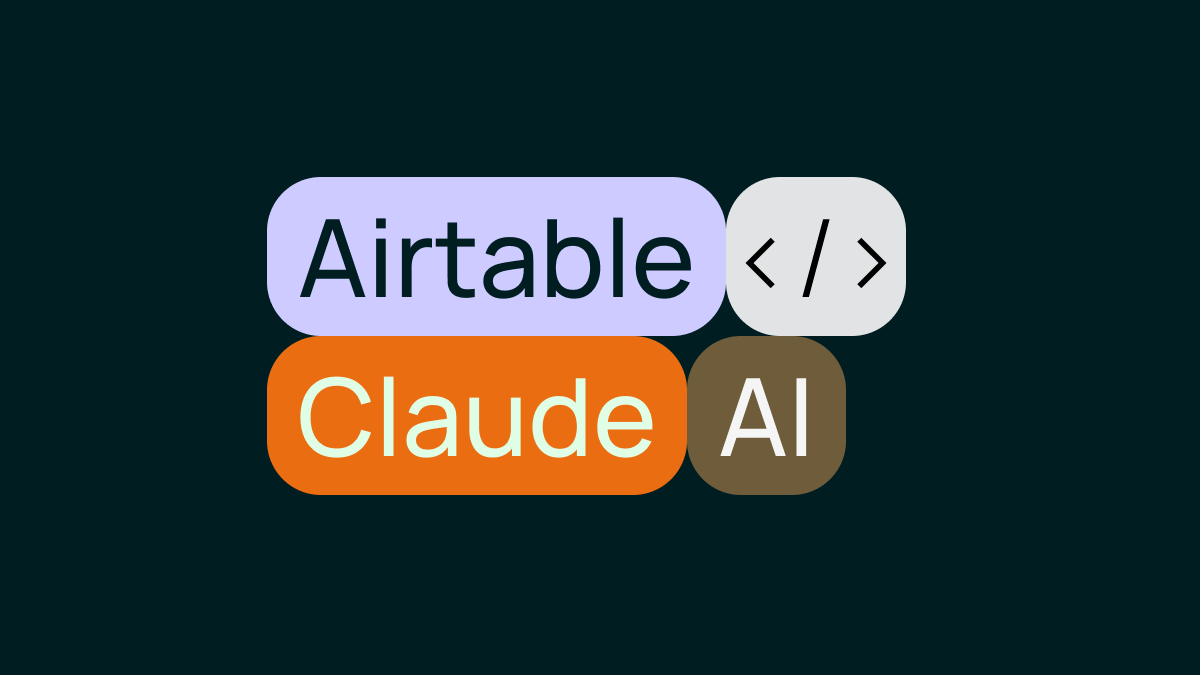Marketers' Agency Partnerships Are Strained.
GenAI
Outbound Sales

Capitas Team
The marketing landscape is experiencing a fundamental shift. While 92% of Association of National Advertisers (ANA) members work with external agencies, and 82% maintain in-house capabilities, many organizations struggle to find the right balance. This challenge is now amplified by the emergence of generative AI, which is poised to transform 47% of marketing activities.
The Current State: A Complex Ecosystem Under Pressure
Marketing organizations face mounting pressure from multiple directions:
Traditional agency relationships often result in high costs, rigid processes, and frequent rework, leading to diminished performance and innovation. Many companies lack effective governance structures to maintain accountability, resulting in delayed decision-making and disconnection from crucial data insights.
The beverage industry offers an illuminating example. One major player recently confronted persistent issues with their agency of record, including poor delivery, inaccurate revisions, and declining accountability. Their response provides a blueprint for transformation: they conducted a comprehensive capability assessment, ultimately bringing media strategy, insights, and analytics in-house while restructuring their external partnerships.
Three Critical Questions for Marketing Leaders
To optimize their agency partnerships, marketing executives must address three fundamental questions:
1. Which Specialized Capabilities Belong In-House?
Marketing organizations should prioritize internalizing capabilities where:
- Brand proximity is crucial for competitive advantage
- Direct access to business units enhances accountability
- Reduced handoffs improve efficiency without compromising expertise
Key areas typically include media strategy, insights, data analytics, and performance measurement.
2. Where Does External Talent Add Maximum Value?
External agencies excel in providing:
- Creative development and production for brand equity building
- National video buying and media operations expertise
- Flexible resource scaling
- Negotiating power for contracts and pricing
3. How Can Internal and External Activities Be Optimally Integrated?
Success requires:
- Well-documented workflows
- Clear governance structures
- Appropriate talent allocation
- Defined accountability metrics
- Service-level agreements with explicit escalation protocols
The Generative AI Factor
Generative AI introduces new considerations in the agency partnership equation:
Impact Assessment:
- Potential to affect 47% of marketing activities
- Expected 24% reduction in marketing labor time
- Approximately 30% productivity gain potential
Key Transformation Areas:
- Digital marketing optimization
- Consumer insights generation
- Content creation and personalization
- Campaign performance measurement
Forward-Looking Recommendations
1. Redefine Agency Contracts
- Include automation-driven cost reduction targets (approximately 20%)
- Implement value-based compensation models
- Establish clear metrics for AI-enhanced deliverables
2. Transform Internal Capabilities
- Develop robust experimentation frameworks
- Build analytics expertise for measuring AI-driven value
- Create personalization capabilities
3. Optimize Operational Models
- Balance fixed automation costs against variable labor costs
- Implement rigorous performance monitoring systems
- Establish clear decision rights and accountability measures
Looking Ahead
Marketing leaders should regularly assess their agency partnerships through five key questions:
1. Is there a clear talent strategy aligned with demand growth?
2. Are agencies conducting regular cross-channel experiments?
3. Do agencies demonstrate agile response capabilities?
4. Is there genuine team integration?
5. Are compensation structures performance-based?
The evolution of agency partnerships requires a deliberate approach that balances in-house capabilities with external expertise while leveraging generative AI's transformative potential. Success will depend on creating well-defined ecosystems where internal teams and agency partners collaborate effectively, supported by clear decision rights and accountability measures.


